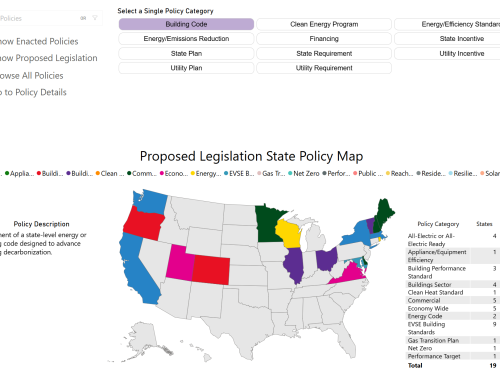
Planned communities often evoke images of cookie-cutter homes, evenly spaced trees, and SUVs parked on pristinely paved driveways. What is less often associated with these developer-owned townships is a focus on sustainability and net-zero energy use. Enter Whisper Valley. In Travis County, Texas, a 25-minute drive from Downtown Austin, lies a 2,067 acre in-progress housing development that could revolutionize how we look at affordable, electrified housing. Approved by the city of Austin back in 2008, the project combines all the trappings of an upscale master-planned community alongside a unique mission to display what’s possible in terms of green housing technology.
Firstly, all Whisper Valley homes are equipped with 5kW solar PV systems. For context, that equates to 760 kWh in energy production per month in the sunny Lone Star state – enough to cover about two-thirds of the average Texans monthly electricity usage. To install on an individual home basis, an array of this size would cost upwards of $13,000. Residents will also be given the option to pair their solar capacity with sonnen battery systems, providing a reliable backup system in the event of another extreme winter storm.
Even more impressive is Whisper Valley’s innovative utilization of an interconnected, community-scale geothermal heating and cooling system. In fact, it will be the first U.S. neighborhood in which every home’s HVAC and water heating needs will be met near-entirely by ground-source heat pump technology. Four times more efficient than traditional furnaces, this eco-friendly temperature-control solution dramatically reduces the community’s reliance on external utilities. And like solar, the only major downside of this clean technology is the price. Without the economies of scale that the Whisper Valley development process offers, this type of heat pump installation can easily cost $25,000 for a larger home.
Considering the hefty down payments for these green technologies, it therefore might come as a surprise that Whisper Valley has a staunch commitment to affordability. Homes typically cost around $500,000, notably less expensive than Downtown Austin with its surging real estate market. Thanks to pre-installation of the geothermal system prior to housing development, the developers – Taurus Investment Holdings – were able to dramatically cut costs (in comparison to steeper fees for a retrofit). Taurus and Whisper Valley home buyers stand to financially benefit in the long run, as heat pump HVAC systems are cheaper when amortized over a fifteen-year period. The cost comparison looks even better when factoring in the recently extended 26% residential homeowner tax credit. Note that the same level of Investment Tax Credit (ITC) applies to solar as well.
Whisper Valley is still in the very early stages of development. The project is set to begin phases 3 and 4 of the construction process, with a potential 48 remaining after that. If all goes to plan, Taurus’ endeavor is set to become a 30,000-person city with a large shopping area and two schools. This $2B investment into one of the most energy efficient development projects, completely independent of required regulation, brings forth many questions about the future of housing development. Does this decision from a profit-conscious investment firm signal that a corner has been turned in terms of affordable technology? Will it spur the adoption of a centralized heating approach in new construction?
At the very least, Whisper Valley is a case study displaying the right mix of forethought, economies of scale, and advanced energy technology can make a convincing case for affordable electrification.



